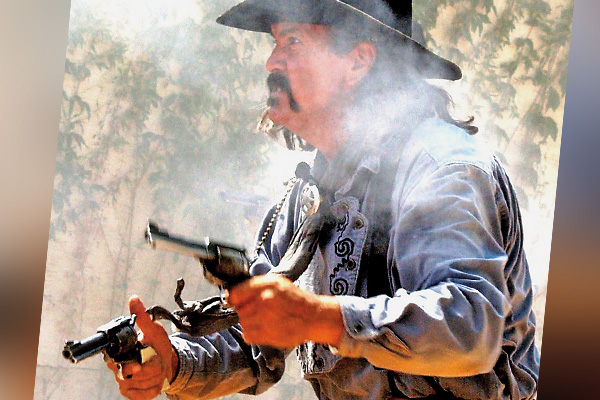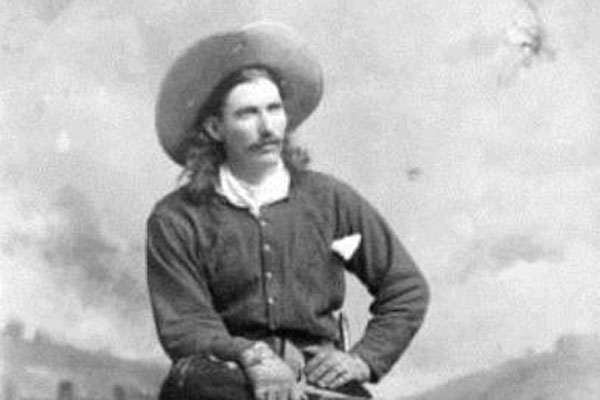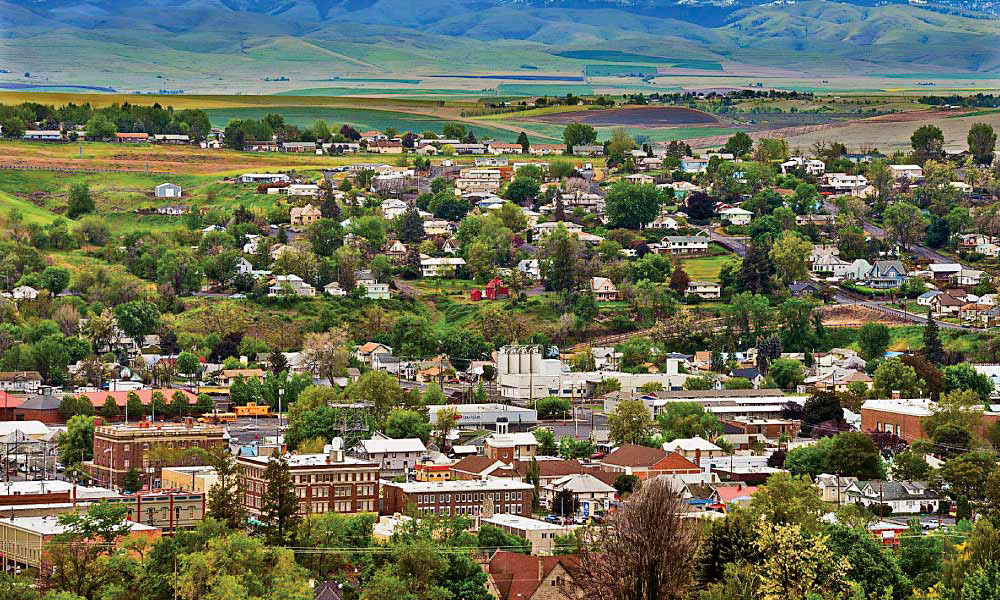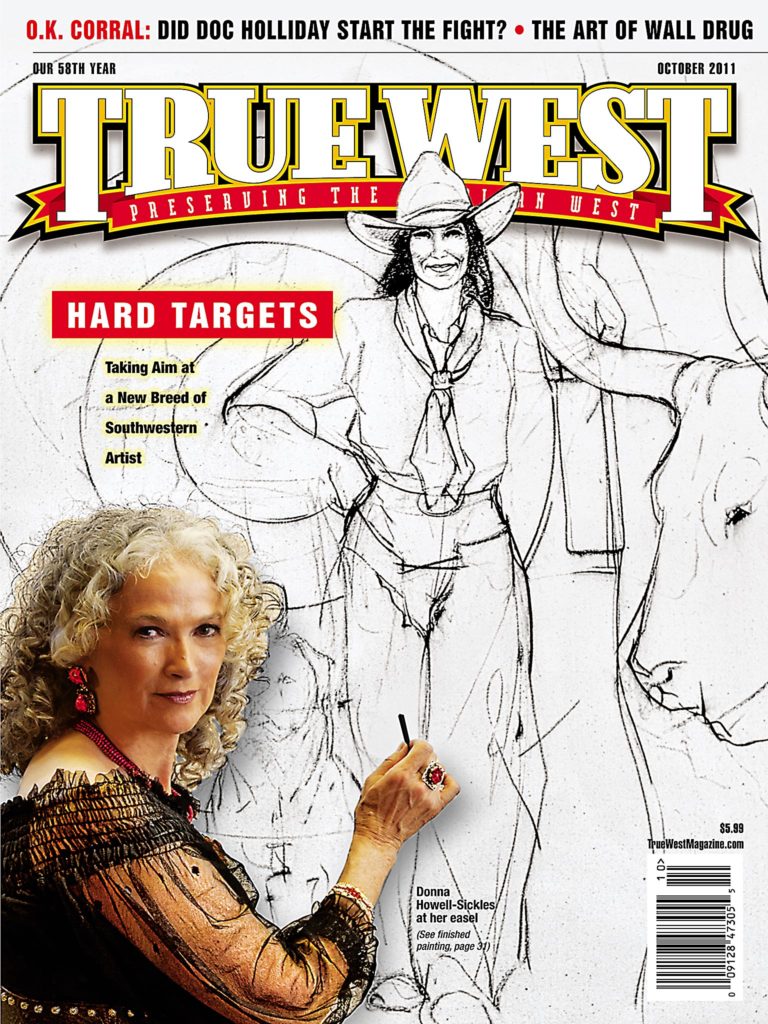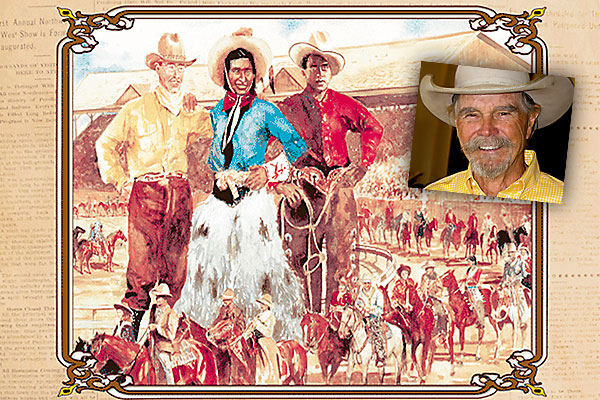 Buck Taylor’s as elusive as Ike Clanton was during Wyatt Earp’s Vendetta Ride.
Buck Taylor’s as elusive as Ike Clanton was during Wyatt Earp’s Vendetta Ride.
So after better than a year of hounding him for an interview, when I finally happen to sit down with him at the Oklahoma City Marriott, my cellphone rings.
Which isn’t a bad thing, since my ring tone is the theme to Gunsmoke. And everybody remembers that Buck Taylor played Newly O’Brien from 1967-75 on CBS’s award-winning series.
“That brings back a lot of good memories,” he says.
Yet Buck is not living on Gunsmoke residuals. More than three decades after Gunsmoke ended its weekly run and almost 20 years since Buck rode with Kurt Russell’s Wyatt and Val Kilmer’s Doc as Turkey Creek Jack Johnson in Tombstone, Buck Taylor is one busy man.
That’s Buck and his sons Matthew and Cooper tormenting Daniel Craig in director Jon Favreau’s Cowboys & Aliens, and Buck landed a role in The Big Valley, the theatrical version of the 1960s TV Western. It’s not acting, however, that’s demanding all of Buck’s attention.
Posters and paintings keep him hopping. Find your way to a Western rodeo or Old West event, and chances are you’ll find Buck Taylor there. The odds are excellent that he has drawn the art for the event poster too.
He’s an anniversary king, creating 100th anniversary posters for the Fort Worth Stock Show & Rodeo, Fort Worth Stockyards and Pendleton Round-Up, as well as the National Finals Rodeo’s 50th anniversary poster.
“I’ve been so blessed to have success painting,” he says. “I do a lot of posters. Poster art is something that’s collected all over the world, and it’s not an expensive piece of artwork.”
The son of the great character actor Dub Taylor (1967’s Bonnie and Clyde, 1969’s The Wild Bunch, 1969’s The Undefeated), Buck wound up in front of the camera in the early 1960s in shows like The Rebel; Have Gun, Will Travel; and The Fugitive. But painting, he says, came before acting.
“I was a little boy. You couldn’t keep a pencil out of my hand. I think, for artists, it’s not something a young person wants to do. It’s something they have to do.”
He’s not just a Western artist. He’s a Western historian, using watercolors to put history on posters, and he’s a stickler for period detail.
“When I was on Gunsmoke, we had to wear a certain type of clothing that was fairly authentic, maybe more so than some of the other shows, although the gun rigs were really not appropriate or authentic. I did as much as I could with what I had. After Gunsmoke, I made a decision. I was looking at [Frederic] Remington paintings and studying old photographs, and said, ‘I’m going to try to get this close to what it really looked like.’”
He has done that not only on film—The Sacketts, Cattle Annie and Little Britches, Conagher, Jericho and, naturally, Tombstone—but also with his artwork. The National Ranching Heritage Center in Lubbock, Texas, commissioned him to paint a series of paintings of historic ranch buildings, including the XIT’s Las Escarbadas, the Matador’s Half Dugout and the Masterson’s JY Bunkhouse. Offers and invites for more commissions keep pouring in.
Maybe Buck Taylor’s not so elusive after all. He’s everywhere. And he caught up with Ike Clanton too.
“I was playing Gen. Maxcy Gregg in Gods & Generals, and when they were shooting my death scene, I looked up at Stephen Lang. Stephen was playing Stonewall Jackson, and he’d also played Ike Clanton in Tombstone. So when I saw Stephen, I just moaned, ‘Ike Clanton . . . I’ve caught up with you at last.’”
Johnny D. Boggs often wonders what would have happened had Buck Taylor’s Newly faced down Dennis Weaver’s Chester on Dodge City’s Front Street on Gunsmoke.


